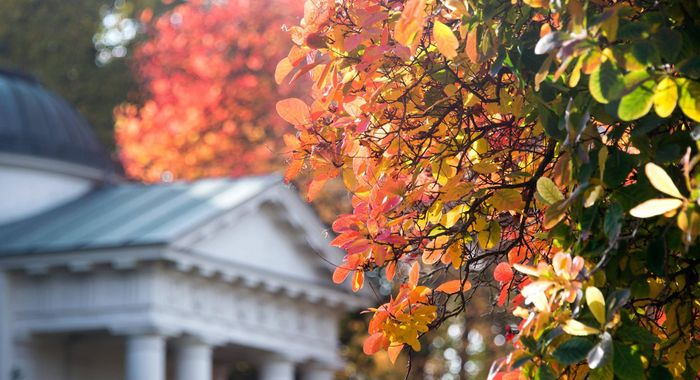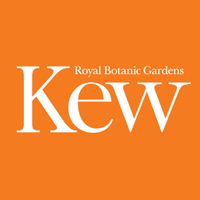Across the globe there are 240,000 to 500,000 plant species that bear fruits, of which 70,000 to 80,000 are thought to be edible. How many have you tried? Have you carved into ultra-exotic, pungent and even banned fruits like the durian, tarap, bullock’s heart, atemoya pitabu and kalaw?
Tutti Frutti with Bompas & Parr transformed Kew Garden’s Palm House Lake into a fruit salad inspired boating lake and participatory artwork where you can explore edible fruit. They also launched, in conjunction with the installation, their first self published book, Tutti Frutti with Bompas & Parr and Friends, published by Bompas & Parr Editions.
In honour of Kew Garden’s summer festival IncrEdibles, Bompas & Parr, culinary curators at the intersection of art, architecture and food, built a dramatic installation that asked visitors to think again about the food on the end of your fork. The centrepiece of the display was a floating Pineapple Island with mysterious Banana Grotto, uniforms by Kit Neale and interactive plant artwork.
TALK TO THE PLANTS
The plant installation on the Pinapple Island was contributed by Mileece, an internationally acclaimed multi-disciplinary sonic artist and renewable energy ambassador. Her installation turned plants into sensor-based instruments using TreWeavr™, a technology platform enabling Human/Plant interaction through sound. Presented as the installation series ‘Soniferous Eden’, TreWeavr™ has toured an array of prestigious museums including the Migros Museum in Zurich, MOCA’s Pacific Design Centre in Los Angeles and MoMA in New York.
ENTER THE GROTTO
The Banana Grotto, a tunnel only accessible by boat, situated underneath the island was filled with Bompas & Parr’s banana cloud, a fruit based weather system for your tongue. It was created using specially adapted humidification technology most regularly used in tropical fruit production. The high humidity level itself enhanced taste perception as meteorology and pomolgy (the study of fruit) collide.
Photography by Ann Charlott Ommedal. Illustration by Kit Neale and Kew Archives

